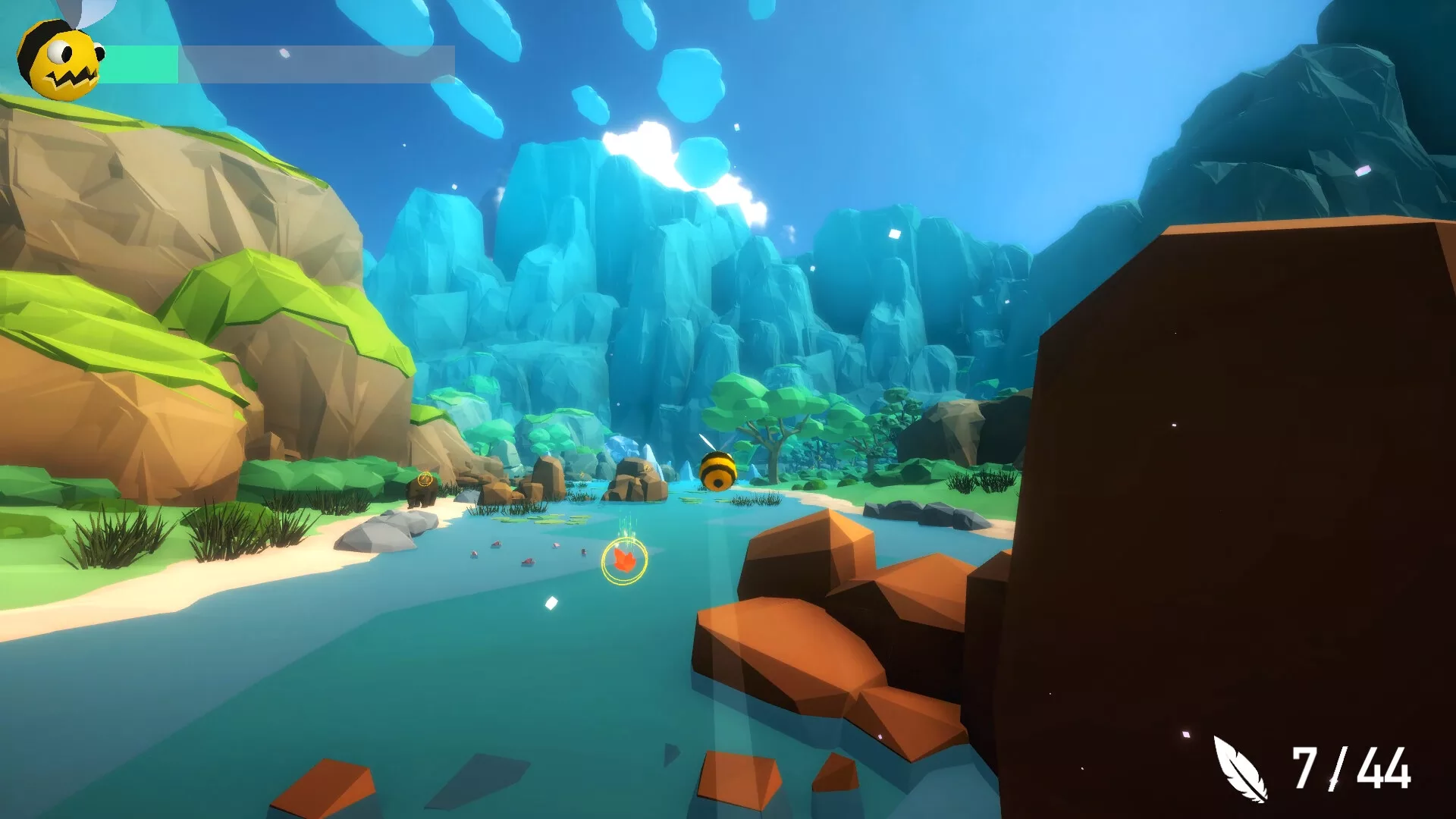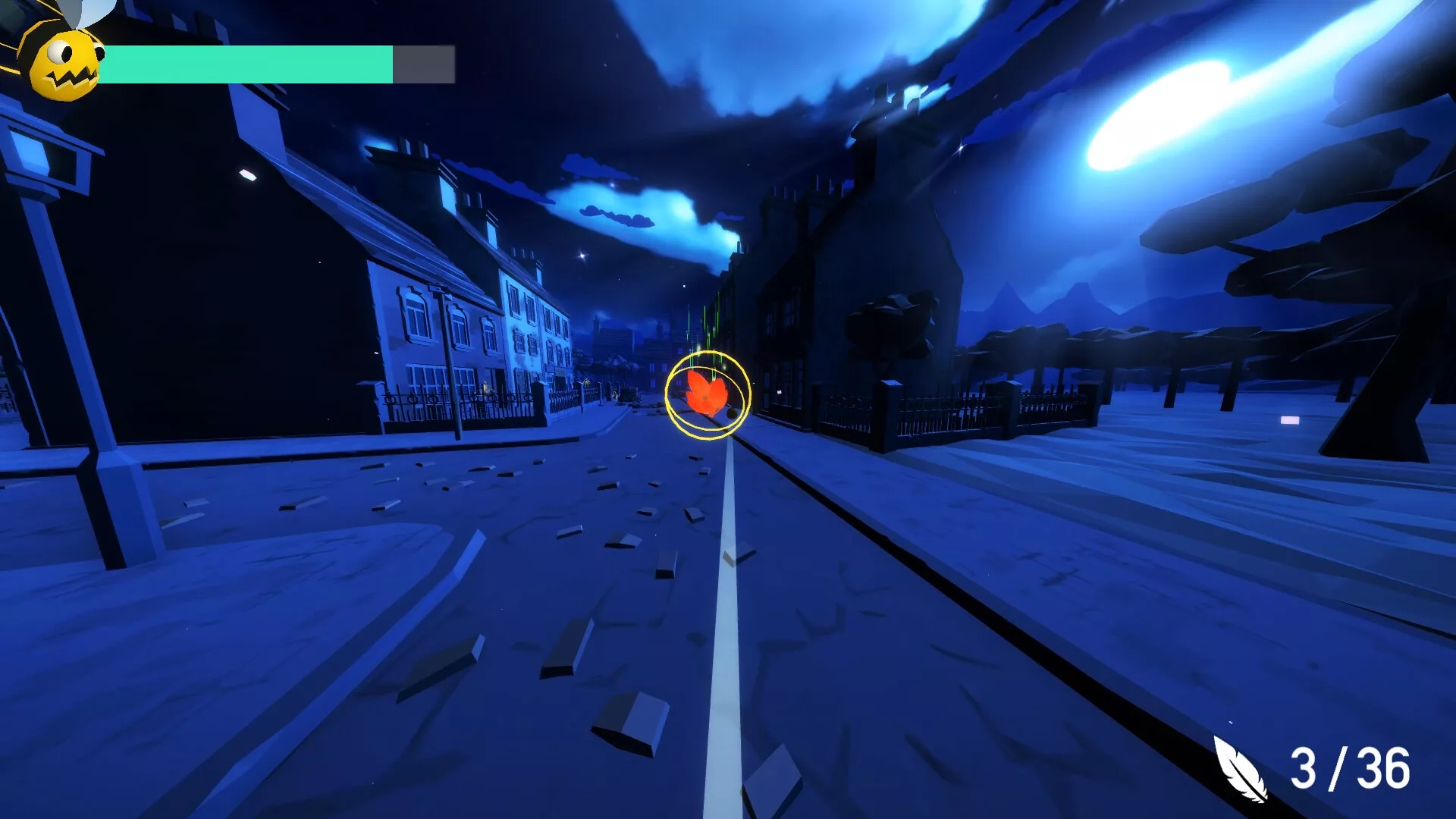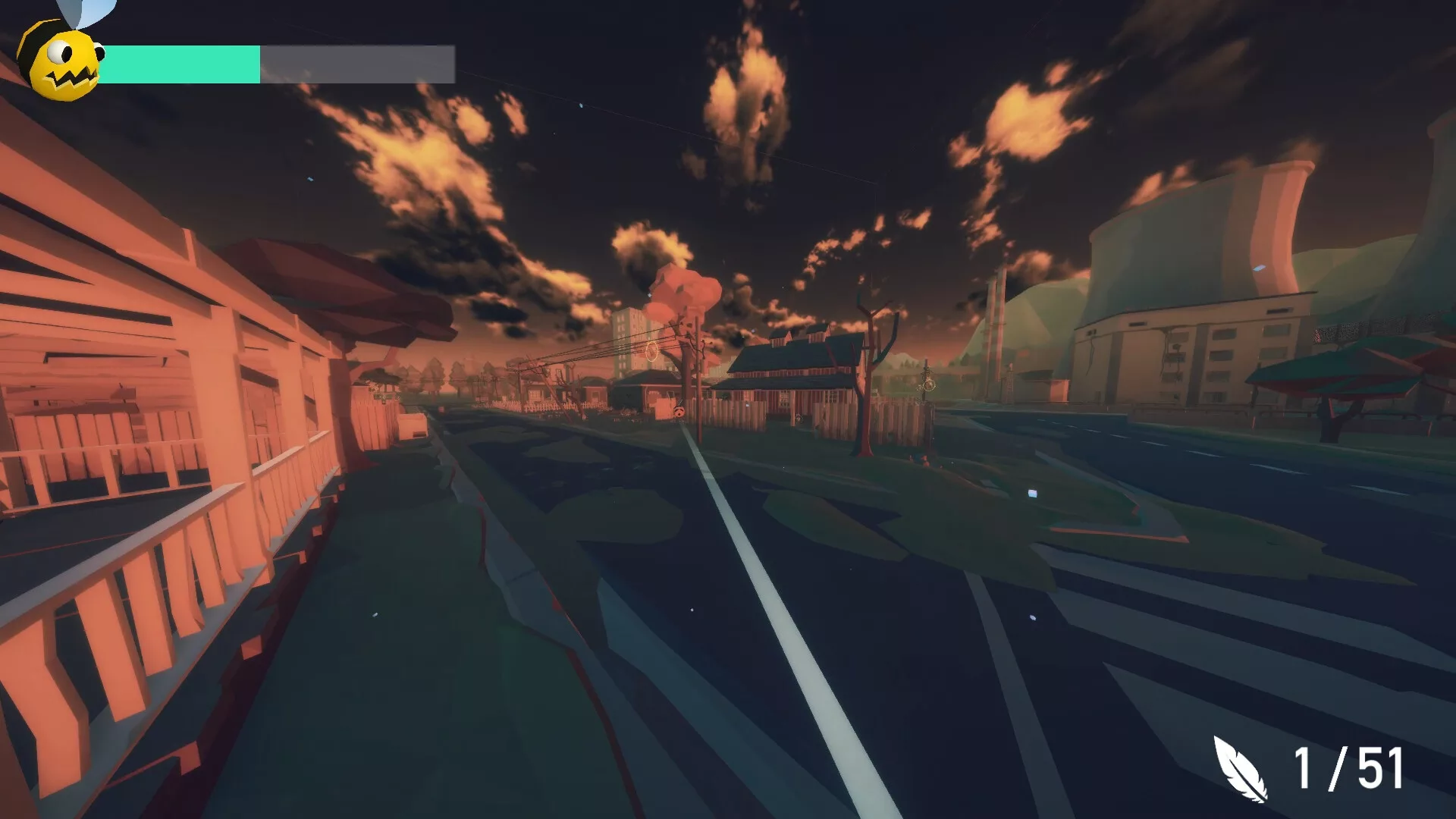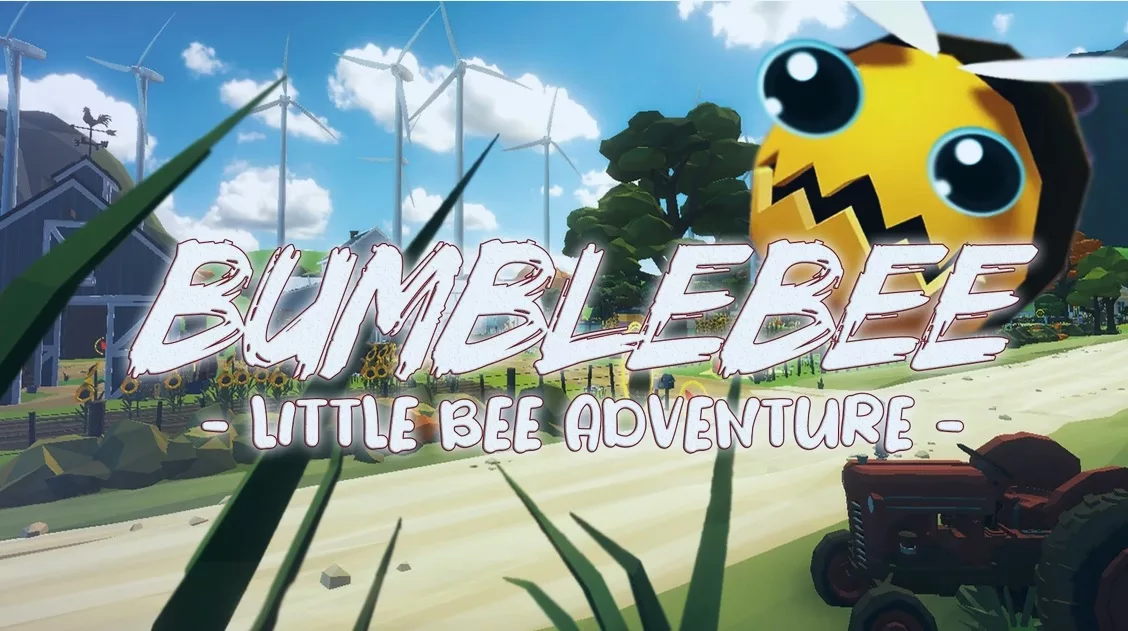Bumblebee – Little Bee Adventure caught my eye for a few reasons really. One of them is the fact that my five-year-old absolutely adores bumblebees and the other is the fact that EpiXR Games have given me plenty of relaxation in the past. If you have ever indulged in any of the Aery or Paper Flight titles then you will instantly tell it is from the very same studio once you get hands-on with it. The majority of their games involve flight of some description but are focused on soothing the mind and winding down. I was intrigued as to whether this followed a similar premise or did anything differently to the experiences I’ve already experienced with this developer’s games.

Introduction
Bumblebee – Little Bee Adventure needs very little introduction. You play as a bee in search of a new home and on your journey, you’ll be flying around exploring and discovering exciting and intriguing areas along the way. Spread your wings across calm and tranquil areas and uncover all the collectables, some obvious and plenty hidden. This is a game dedicated and focused on calm and relaxing gameplay and it absolutely gets that aspect right.

Gameplay
Bumblebee – Little Bee Adventure is nice, simple and suitable for gamers of any age, especially youngsters. You are simply tasked with flying around each environment the game presents to you to pick up a set number of icons scattered around. A tutorial isn’t required since it is so simple to pick up and play and you use the analogue sticks for the majority of the game. Things become slightly more satisfying if you start to chain some collectables together along with some speed boosts. Unfortunately for the most part, I found the bees’ movement to be far too slow and not as fluid as I’d have liked. Without knowing where the energy pickups were, it really slows down the pace and feels really sluggish when navigating.
Ascertaining the difference between what I was collecting took a bit of learning. Alongside the energy, pickups are knowledge shards that will direct you to the next and eventually this will lead you to progress further in your adventure. The storyline is explained at the beginning of each section in a poem-style format. This delves into the bee’s journey and what may lie ahead. The narration doesn’t take things too deep but it gives the game a little sense of purpose rather than just flapping about mindlessly.

Graphics & Sound
The strongest part of Bumblebee – Little Bee Adventure is probably the level design. The environmental design is varied and really sets a different mood as you progress. One moment you’ll be flying through some bright and warm landscapes and the next you’ll be flapping around a quiet neighbourhood with the weather appearing overcast. I found the pickups to be a little hard to spot on some levels, especially the first mission as they were near identical in colour to the backdrop. The UI for your bee’s energy appears in the left-hand corner and is extremely basic. The soundtrack was a relaxing change to my usual gaming session after several hours of playing first-person shooters. The music throughout definitely suits the aesthetics of the game.

In Conclusion
I was a little disappointed with the pace of Bumblebee – Little Bee Adventure and the fact I didn’t enjoy it as much as some of the Aery titles I have played. Whilst the environments on offer were actually really pleasing to look and play through, the fluidity of flight and movement was pretty painful. It all felt a little bit slow and the opportunity to speed things up a little rarely presented itself. Even my son commented that the bee was flying really slowly and was asking how he could go faster. For the achievement hunters amongst us, it is a really easy task to tick off that full 1000 gamerscore. Unfortunately, I find this one hard to fully recommend and I found the feel of the game more of a chore than a joyful playthrough.
Overall
-
CX Score - 40%40%
Summary
Pros
- Nice looking and warm environments
- Relaxing
- Easy gamerscore
Cons
- The gameplay feels far too sluggish
- Pickups on some levels are difficult to spot
- Gets repetitive very quickly

